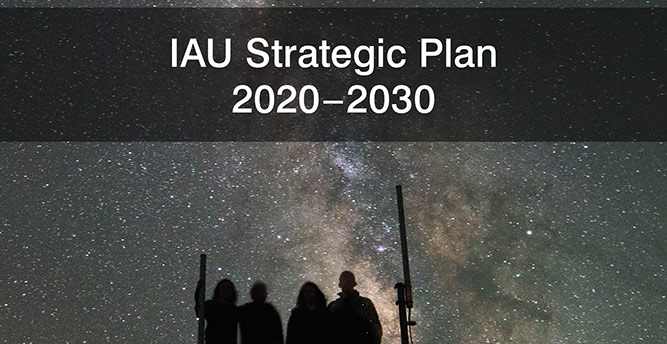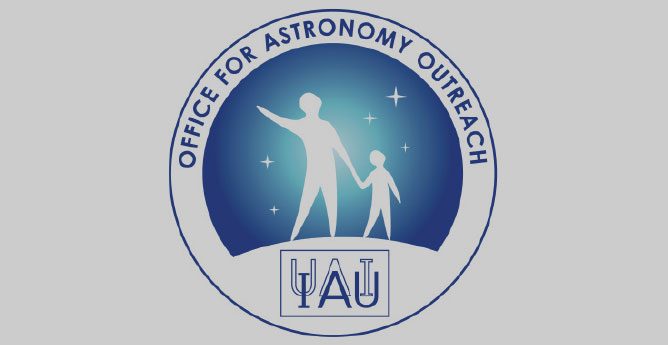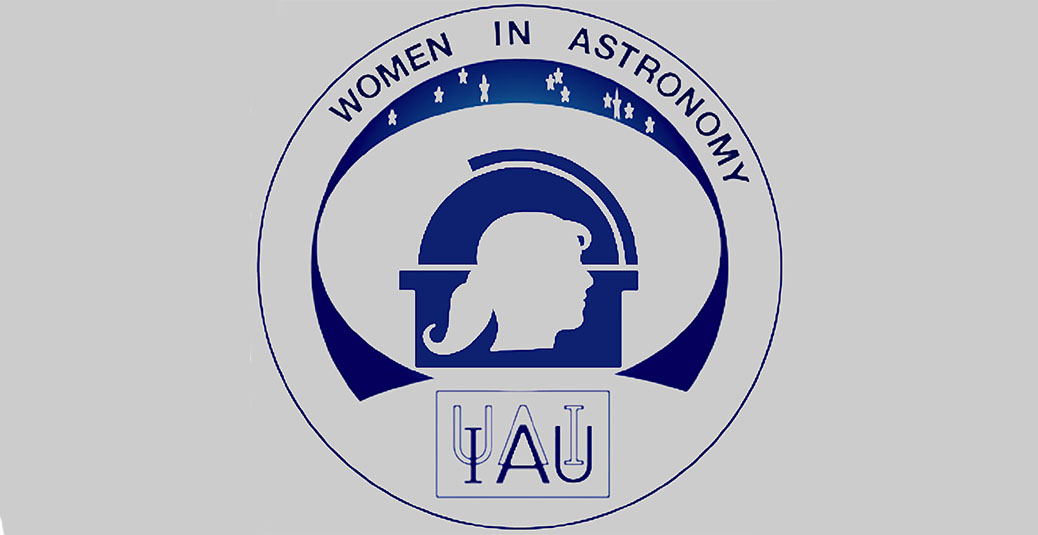- News
- Science
- Scientific Bodies
- Divisions
- Commissions
- Commission A1 Structure
- Commission A2 Structure
- Commission A3 Structure
- Commission A4 Structure
- Commission B1 Structure
- Commission B2 Structure
- Commission B3 Structure
- Commission B4 Structure
- Commission B5 Structure
- Commission B6 Structure
- Commission B7 Structure
- Commission C1 Structure
- Commission C2 Structure
- Commission C3 Structure
- Commission C4 Structure
- Commission C5 Structure
- Commission D1 Structure
- Commission E1 Structure
- Commission E2 Structure
- Commission E3 Structure
- Commission E4 Structure
- Commission F1 Structure
- Commission F2 Structure
- Commission F3 Structure
- Commission F4 Structure
- Commission G1 Structure
- Commission G2 Structure
- Commission G3 Structure
- Commission G4 Structure
- Commission G5 Structure
- Commission H1 Structure
- Commission H2 Structure
- Commission H3 Structure
- Commission H4 Structure
- Commission J1 Structure
- Commission J2 Structure
- Commission J3 Structure
- Commission X1 Structure
- Commission X2 Structure
- Past Commission Organising Committees
- Working Groups
- Centres
- Scientific Meetings
- Rules & Guidelines
- General Assemblies
- Meeting Proposals
- Future IAU Meetings
- General Assemblies
- EC Meetings
- Officers' Meetings
- Regional Meetings
- Symposia
- Focus Meetings
- Institutional Meetings
- IAU Offices Meetings
- IAU-Sponsored Meetings
- Letters of Intent submitted for 2024
- Letters of Intent submitted for 2023
- Letters of Intent submitted for 2022
- Letters of Intent submitted for 2021
- Letters of Intent submitted for 2020
- Past IAU Meetings
- Templates
- Other Meetings
- Grants & Prizes
- Scientific Bodies
- Publications
- IAU Publications
- IAU Strategic Plan
- Symposia
- WGSBN Bulletins
- Regional Meetings
- Information Bulletins/Catalyst
- E-Newsletters
- Focus Meetings
- Transactions A
- Transactions B
- Related Publications
- GA Newspapers
- CAPjournal
- IAU Books
- Brochures
- IAU Offices
- WG Reports
- Commission Reports
- Division Reports
- Past IAU Publications
- Rules, Guidelines and Instructions for Proceedings
- Publishers
- IAU Publications
- Administration
- About the IAU
- Statutes & Rules
- IAU Policies
- IAU Executive Bodies
- IAU Secretariat
- Resolutions
- Members Administration
- Administrative Dates & Deadlines
- International Organisations Relations
- Donate to the IAU
- Training in Astronomy
- Astronomy for Education
- Astronomy for Development
- Astronomy for the Public
- Office for Astronomy Outreach
- FAQ
- Themes
- Satellite Constellations
- Astronomy in Everyday Life
- How to Report a Discovery
- Careers in Astronomy
- Defining our Place in the Cosmos
- The Constellations
- Light Pollution
- Measuring the Universe
- Near Earth Objects
- How to Participate in Astronomy Research
- Naming of Astronomical Objects
- Naming of Exoplanets
- Buying Star Names
- Naming Stars
- Pluto and the Solar System
- IAU Member Statistics
- Our Moon: the Moon
- Meteors & Meteorites: The IAU Definitions of Meteor Terms
- UNESCO-IAU Portal to the Heritage of Astronomy
- Social Media
- Past Events
- Call for Online Resources
- Astronomy@Home Awards
- Contact
IAU Symposia
IAUS 330: Astrometry and Astrophysics in the Gaia Sky
Start date/time
April 24, 2017
End date/time
April 28, 2017
Place
Nice,
France
Contact
Alejandra Recio-Blanco
arecio@oca.eu
Event website
http://iaus330.sciencesconf.org/
Coordinating Division
Division A Fundamental Astronomy, Division F Planetary Systems and Astrobiology, Division G Stars and Stellar Physics, Division H Interstellar Matter and Local Universe
| Co-Chairs of SOC: | Alejandra Recio-Blanco (Observatoire de la Côte d'Azur) |
| Anthony Brown (Leiden Observatory) | |
| Timo Prusti (ESA) | |
| Chair of LOC: | Patrick de Laverny (Observatoire de la Côte d'Azur) |
Topics
- The Gaia mission: presentation of the status and performances after the first 2.5 years of scientific observations
- The first Gaia Data Release and the Hundred Thousand Proper Motions catalogue
- First scientific results of the Gaia mission expected on:
(i) Astrometry and Reference frames
(ii) Solar system objects & Gaia alerts
(iii) Galactic and stellar physics & the Hundred-Thousand-Proper-Motion project for the Hipparcos stars
Rationale
The ESA Gaia mission is astrometrically, photometrically and spectroscopically surveying the full sky since july 2014. This survey will be complete to magnitude 20 for the astrometry and photometry and to magnitude 16 for the spectroscopy (~1 billion and ~150 millions sources expected, respectively).
The Gaia astrometry will allow stellar distance measurements with unprecedented accuracy, and with the complement of radial velocities, it will provide the full kinematic information of the targets. Moreover, the photometric and spectroscopic data will be used to classify objects and astrophysically characterize stars.
The first Gaia data release (GDR1) is foreseen for mid 2016. It will consist of: (i) positions and magnitudes for about 900,000,000 single-stars, (ii) ecliptic-pole data collected during the commissioning phase, (iii) the catalogue of the Hundred Thousand Proper Motion (HTPM) project, containing for the Hipparcos stars highly accurate proper motions derived from the combination of Gaia and Hipparcos positions. Moreover, since the beginning of the mission, photometric science alerts will have been released and near-Earth-asteroid
information communicated at short notice.
This symposium will be organised in late 2016. It will be the occasion to review the first 2.5 years of Gaia activities and to present and discuss the first scientific results derived from GDR1, about six months after its delivery. The symposium will also prepare the astronomical community for the scientific exploitation of the second data release, planned a couple of months after the symposium.
We plan a five day symposium, with about 10 sessions, focussing on different aspects of Gaia. First, the overall status of the mission will be detailed with an emphasis on the operational/calibration aspects impacting the different data releases and the expected final accuracies. This will be
followed by a detailed description of GDR1 and the expected contents of GDR2. Subsequently the meeting will focus on the science results based on GDR1 data, and in particular on studies related to solar system objects and Galactic and
stellar physics. These fields should be primarily impacted by the GDR1 data. A specific session will be also dedicated to the ground-based spectroscopic surveys that benefit from and have been partly motivated by Gaia (Gaia-ESO Survey, HERMES,...). As usual, we plan to have both review and summary talks, as well as contributed talks and posters.
In summary, this symposium will mark the first step of the Gaia revolution in our understanding of Solar system bodies, stellar astrophysics, the Milky Way and many other research topics. Finally, the conference will also be a tribute to François Mignard, chair of the Gaia Data Processing and Analysis Consortium since its formation until the end of 2012.
Post-meeting Report
Final Programme
Participants' List

















